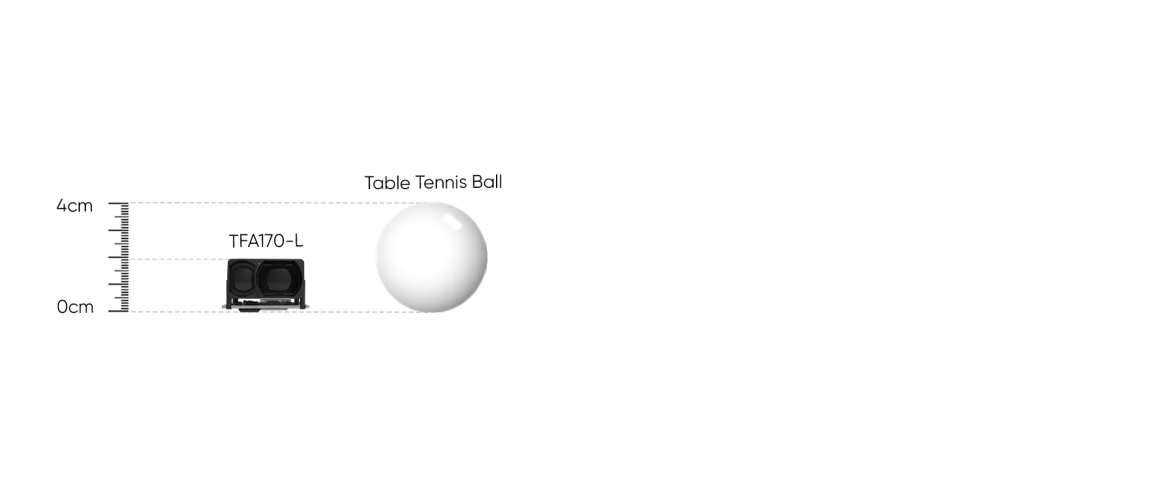Flying drones in complex environments requires precise awareness of nearby obstacles. Benewake has developed innovative proximity sensors for drones that help UAVs navigate safely while reducing the risk of collisions. They focus on creating reliable systems that function in a variety of operational conditions, including indoor spaces, industrial sites, and challenging outdoor areas. By integrating these sensors, drones can detect objects accurately and maintain stable flight paths, enhancing overall mission efficiency.
Adaptive Navigation in Crowded Environments
One key advantage of Benewake proximity sensors for drones is their ability to support adaptive navigation. They allow drones to respond effectively to changing surroundings, such as moving obstacles or tight corridors. The sensors provide real-time feedback to the UAV’s control system, ensuring that operators can manage flights with improved safety. According to their specifications, these sensors are compact, lightweight, and suitable for multiple drone models, making them versatile for industrial and commercial UAV applications.
Reliable Performance in Industrial Operations
In industrial environments, drones equipped with Benewake proximity sensors enable safe and efficient inspections, mapping, and monitoring. They detect nearby walls, equipment, and obstacles, reducing collision risks in confined spaces. Benewake’s Ultra-High-Frequency Lightweight UAV LiDAR, the TFA300 series, includes the TFA300-L (10.5 g, ultra-light) and the IP67-rated TFA300 model for durability. Operating at up to 10,000 Hz, it delivers precise distance updates every 3.4 cm, enhancing localization, altitude control, and obstacle avoidance. Its compact 32 × 30.2 × 20.2 mm design supports EO/IR gimbals and high-speed drones, achieving SWaP-C optimization for reliable, high-performance UAV operations.
Conclusion
Overall, Benewake continues to deliver advanced proximity sensors for drones that improve drone operational safety and navigation. They provide solutions that help UAVs function effectively in complex or restricted environments. By leveraging these sensors, organizations can enhance aerial operations, ensuring that drones can complete tasks efficiently and safely. Their commitment to innovation and practical application demonstrates how reliable sensing technology can support modern drone operations.
